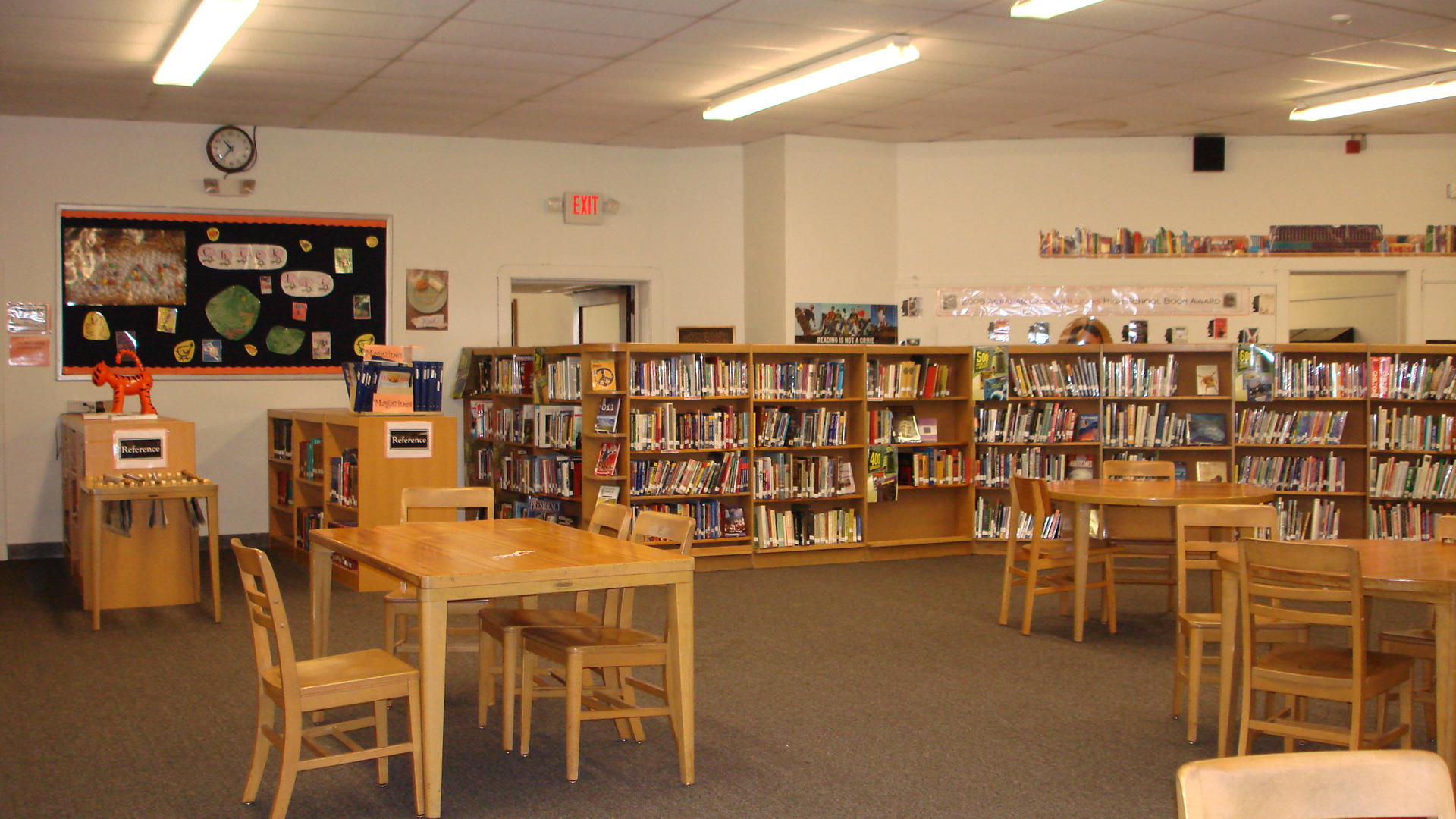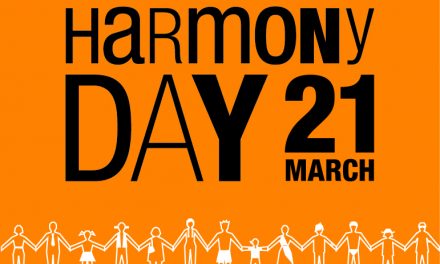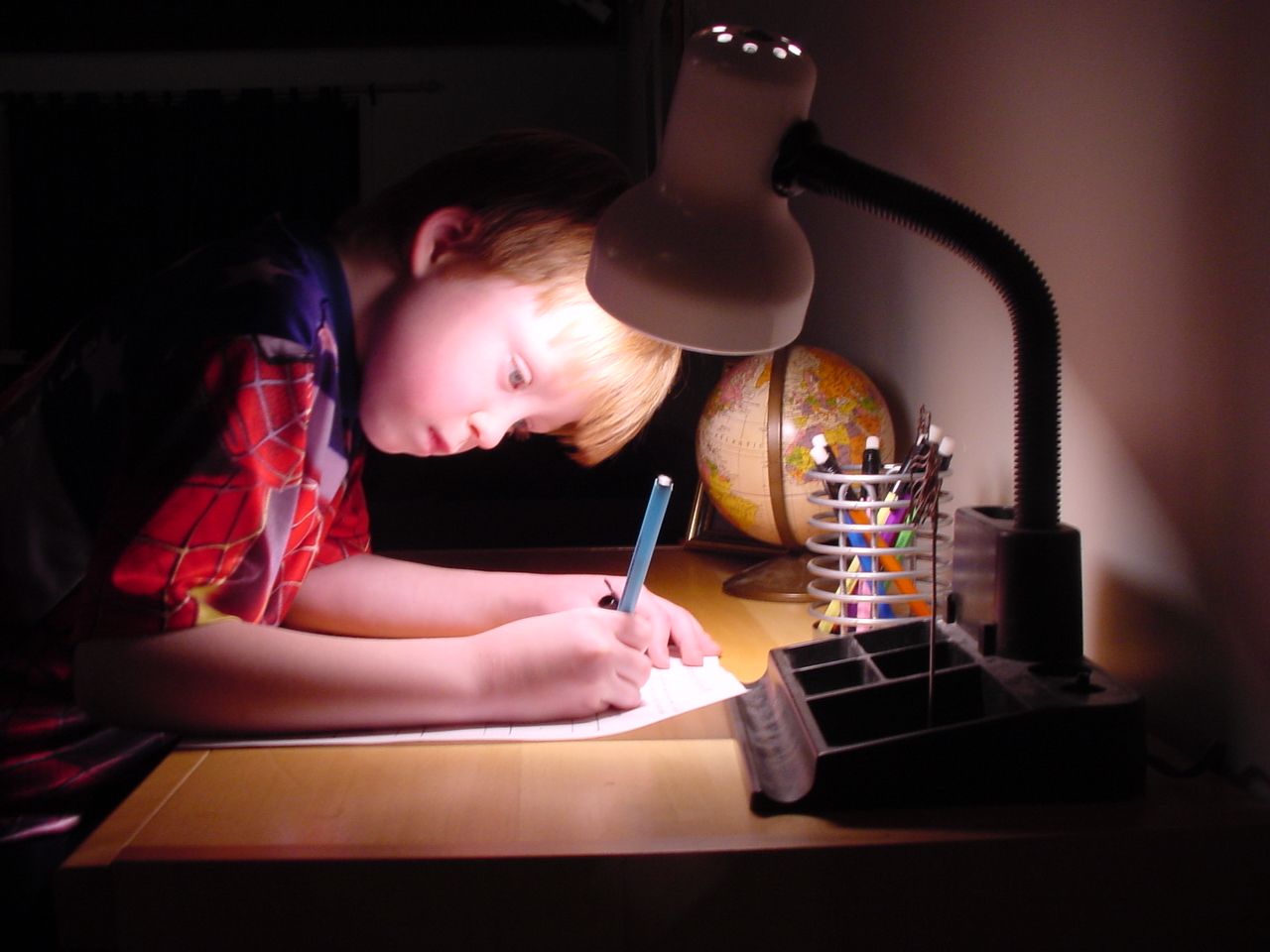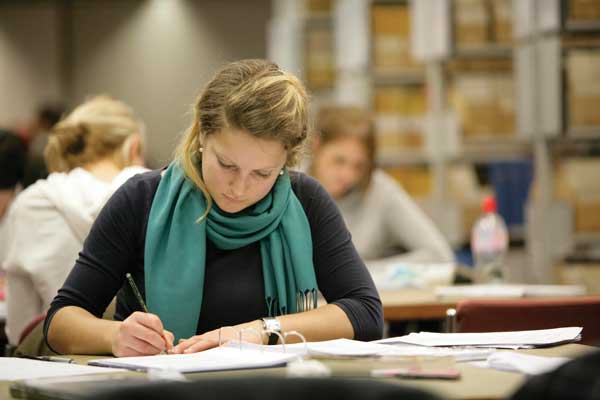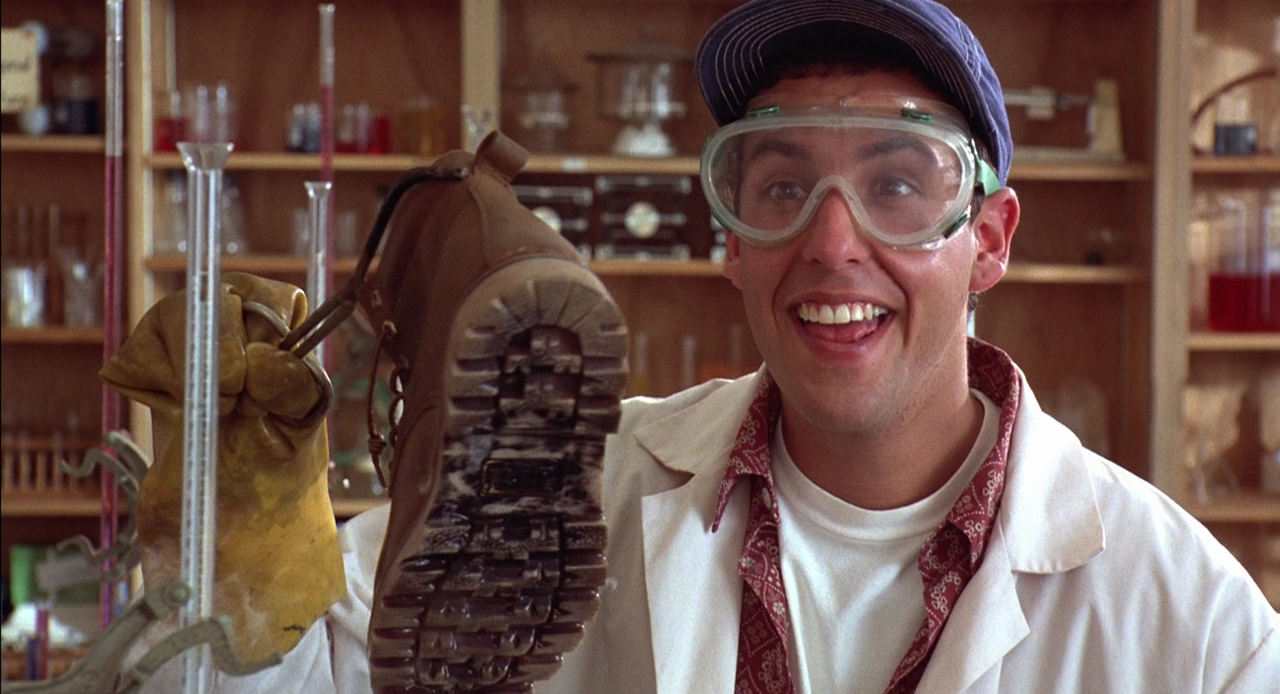Selective schools are steadily contributing to growing inequalities in the NSW education system, with less than four per cent of North Shore selective school students being from the lowest socio-economic bracket.Tess Gibney
The disproportionate number of affluent students at selective schools across Sydney – and specifically in the Northern Sydney region – has re-sparked debate as to whether or not selective schooling is as egalitarian as it purports to be.
Former president of the NSW Secondary Principals Council, Chris Bonnor, said there is an overrepresentation of significantly advantaged students in selective schools.
“There is a really, really close link between socio-economic status of a family and the achievement of their children. In fact, 55 per cent of what kids across Australia achieve at school comes from the family they belong to,” Bonnor said.
“And, according to the My School website, we can see that selective schools enrol an extremely advantaged population.”
School fees at Sydney’s top selective schools are up to five times the amount of those at comprehensive public high schools.
However, while fees at public schools – regardless of whether they are comprehensive or selective – are not compulsory, selective schools such as Sydney Boys, North Sydney Girls and James Ruse Agricultural High School ask parents to contribute $500 on average per student.
This is in stark comparison to the median fee of $50 a student in outer suburban Sydney public schools, according to data collected by the Department of Education and Communities.
Bonnor believes that like private fee paying schools, selective schools – through the setting of an entry requirement test – are a manifestation of a social class selection mechanism, attracting only the best students from the most well off families.
“It’s a zero sum game. If you crowd advantaged kids into advantaged schools, you’re creating a deficit somewhere else. For schools, for teachers and for communities somewhere else. It doesn’t even out and it doesn’t benefit everybody. It only benefits those with choice,” Bonnor said.
“Those that are able to sit for and pass the test or those that are able to pay the fees for non government schools. There’s nothing equal about this.”
The ability of affluent parents of selective schools students to contribute generously to school fees only exacerbates existing inequalities in the public school system, making it even harder for average students at comprehensive schools to get ahead.
Current president of the NSW Secondary Principals Council and Principal of Merrylands High School, Lila Mularcyzk, said fees as low as $40 sometimes had to be paid partially by floundering families.
Both Mularcyzk and Bonnor agree that such uncontrollable disparity in discretionary funding makes it even harder for struggling comprehensive schools to keep up.
“It really underscores the need for the recommendations made by Gonski, where it was advised that the bulk of funding of schools should be based on need. And not need on the basis of material resources, but the need of the students for a quality education,” Bonnor said.
“If it’s clear that the students of the school have multiple disadvantages – they may be indigenous kids, they might be recent migrants – their needs for quality teachers and education is much higher than those that are already advantaged. It is that alone that should drive funding.”

